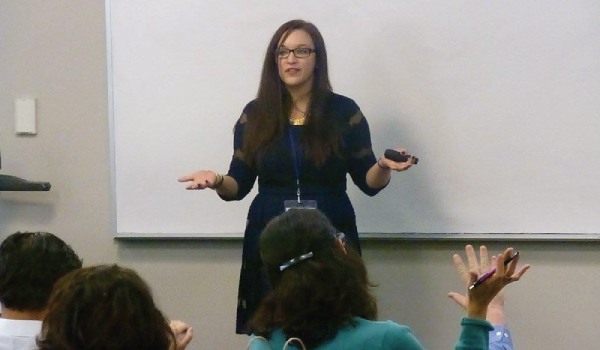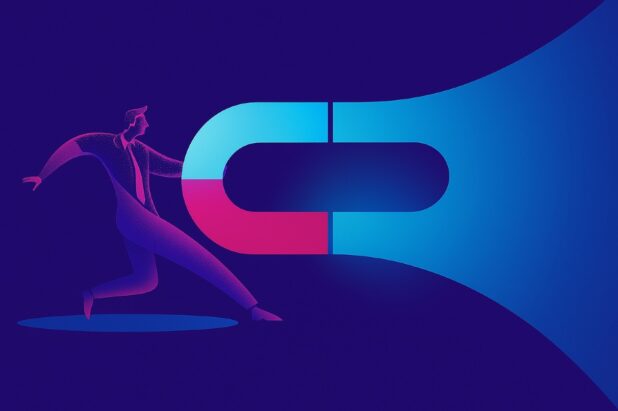
Does pondering content marketing strategy make you feel a little out of your element? Are you missing the key components that really tie a strategy together? Do you sometimes feel like stepping away from the laptop, pouring a White Russian, and zoning out to Creedence Clearwater Revival?
You’re not alone. Only 30% of B2B marketers believe they are effective at content marketing, and more than half don’t know how to measure the effectiveness of their campaigns. And as buyers are inundated with more and more content, it can be difficult to get your message out there.
Fortunately, when it comes to content marketing success, there are rules. And at the 2015 Minnesota Blogger Conference, TopRank Marketing’s Directory of Agency Marketing Ashley Zeckman laid down the law, Big Lebowski-style. Here are the key takeaways:
Lesson 1: Properly Identify Your Blog Audience
The plot of the Big Lebowski hinges on a case of mistaken identity between an unemployed slacker “The Dude” and wealthy tycoon Mr. Lebowski. The two men have different interests, influencers, and problems they need solved; a message that appeals to one won’t interest the other.
It’s important to identify each potential audience for your content, then optimize content creation for them. Each piece of content should have a clear purpose: It should speak to a specific audience at a specific stage in the sales cycle.
Lesson 2: Help Your Readers Solve a Problem
To make sure your content is relevant and engaging, create a brief for each piece. The brief should detail who the content is for, what problem it is intended to solve, and a clear call to action for the reader. Finally, each piece should have a way of measuring success related to the call to action.
Remember to ask:
- Who is this for?
- What problem does it solve?
- What should the reader do next?
- How will we measure effectiveness?
Lesson 3: Incorporate Storytelling
Stories help you create an emotional connection with your reader; it’s the kind of connection that encourages social sharing. Zeckman’s presentation used the story of the Big Lebowski to connect with her audience, at the same time encouraging them to use storytelling to connect with their audiences.
It was a moment of Zen well worthy of the Dude himself.
Lesson 4: Mesmerize Your Audience with Visuals
Content doesn’t just mean words. 90% of the information transmitted to the brain is visual; give your audience relevant, interesting images and you can increase engagement. Zeckman recommends using tools like Canva and Pixlr to quickly create custom images that command attention.
Lesson 5: Amplify with Social Promotion
Even though this was the last lesson, Zeckman stressed that an amplification plan should be part of the initial content planning stage. “If you wait until after content is ready to publish to start thinking about promotion, it’s too late,” she said.
For promotion that really ties the room together, Zeckman suggests creating unique messaging for each platform, developing messages for influencers to share, encouraging employees to amplify the content, and adding visuals specifically for social sharing.
Give Us the Slides, Lebowski
Even for those poor misguided souls who aren’t fans of the Big Lebowski, Zeckman’s presentation was chock-full of useful advice. Take a few minutes to enjoy the entire presentation on SlideShare:
What elements of content strategy would you like to know more about? What strikes and gutters have you experienced in your content campaigns? Let me know in the comments.


